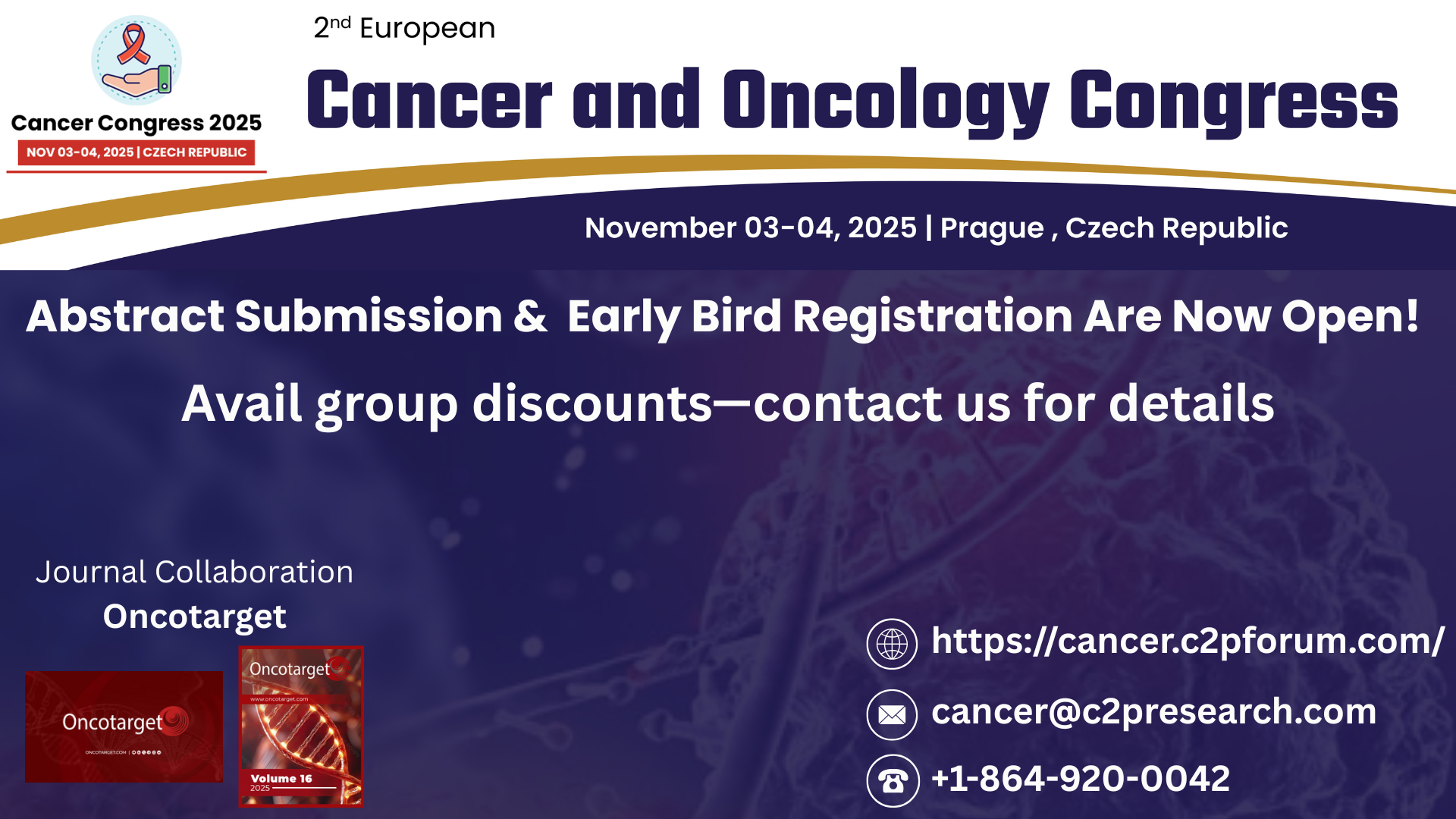Research Papers:
Aurora-A signaling is activated in advanced stage of squamous cell carcinoma of head and neck cancer and requires osteopontin to stimulate invasive behavior
PDF | HTML | Supplementary Files | How to cite
Metrics: PDF 2801 views | HTML 3212 views | ?
Abstract
Chih-Yen Chien1,2,*, Hsin-Ting Tsai1,2,7,*, Li-Jen Su3, Hui-Ching Chuang1,2, Li-Yen Shiu4, Chao-Cheng Huang2,5, Fu-Min Fang2,6, Chun-Chieh Yu7, Huei-Ting Su7, and Chang-Han Chen1,2,7
1 Department of Otolaryngology, Kaohsiung Chang Gung Memorial Hospital, and Chang Gung University College of Medicine, Kaohsiung, Taiwan
2 Kaohsiung Chang Gung Head and Neck Oncology Group, Kaohsiung Chang Gung Memorial Hospital, Kaohsiung Taiwan
3 Graduate Institute of Systems Biology and Bioinformatics, National Central University, Jhongli, Taiwan
4 Department of Medical Research, Cell Therapy and Research Center, E-Da Hospital, I-shou University, Kaohsiung, Taiwan
5 Department of Pathology, Kaohsiung Chang Gung Memorial Hospital, and Chang Gung University College of Medicine, Kaohsiung Taiwan
6 Department of Radiation Oncology, Kaohsiung Chang Gung Memorial Hospital, and Chang Gung University College of Medicine, Kaohsiung Taiwan
7 Center for Translational Research in Biomedical Sciences, Kaohsiung Chang Gung Memorial Hospital, Kaohsiung Taiwan
* The authors contributed this study equally
Correspondence:
Chang-Han Chen, email:
Keywords: HNSCC, Aurora-A, osteopontin, CD44, ERK
Received: February 5, 2014 Accepted: April 11, 2014 Published: April 11, 2014
Abstract
The clinical significances, cellular effects, and molecular mechanisms by which Aurora-A mediate its invasive effects in HNSCC are still unclear. Here, we found that Aurora-A expression is significantly higher in tumor tissues on 14-microarray of HNSCC in Oncomine-databases. The activity of Aurora-A was not only found in HNSCC specimens, but also significantly correlated with advanced-T-classification, positive-N-classification, TNM-stage and the poor 5-year survival rate. HNSCC-microarray profile showed that osteopontin and Aurora-A exhibited positive correlation. Stimulation of HNC cells with osteopontin results in an increase in Aurora-A expression where localized at the centrosome. Functionally, Aurora-A had the abilities to stimulate cell motility in HNC cells through increase ERK1/2 activity under osteopontin stimulation. Conversely, depletion of Aurora-A expression by siRNAs suppressed ERK1/2 activity as well as inhibition of cell invasiveness. Treatment with anti-CD44 antibodies in HNC cells not only caused a decrease of mRNA/protein of Aurora-A and ERK1/2 activity upon osteopontin stimulation, but also affected the abilities of Aurora-A-elicited cell motility. Finally, immunohistochemical/Western-blotting analysis of human aggressive HNSCC specimens showed a significant positively correlation between osteopontin-Aurora-A and ERK1/2. These findings suggest that Aurora-A is not only an important prognostic factor but also a new therapeutic target in the osteopontin/CD44/ERK pathway for HNSCC treatment.
 All site content, except where otherwise noted, is licensed under a Creative Commons Attribution 4.0 License.
All site content, except where otherwise noted, is licensed under a Creative Commons Attribution 4.0 License.
PII: 1896

